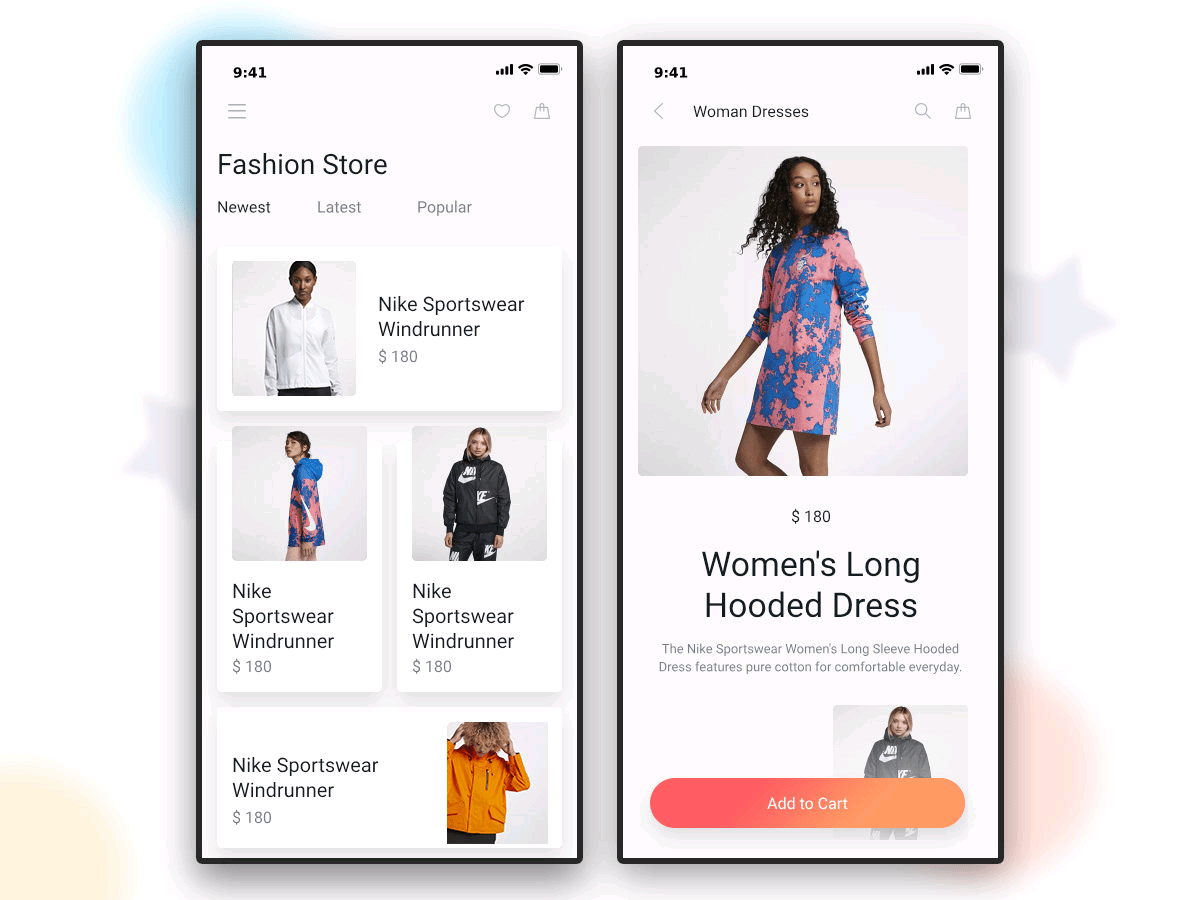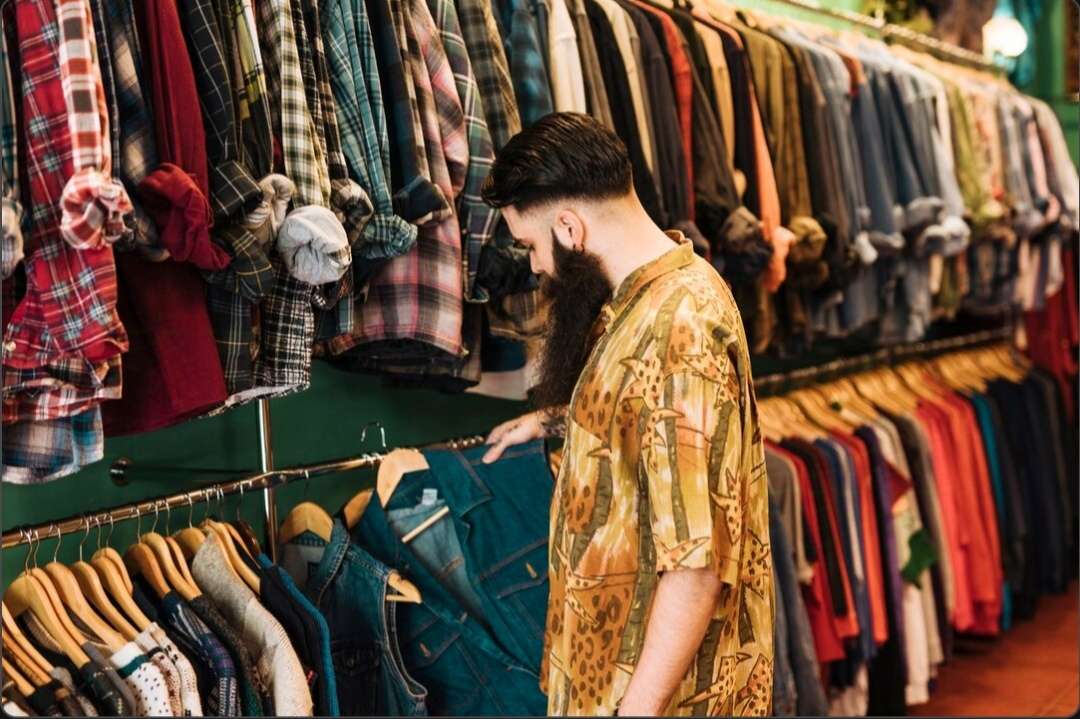Demand of a Fashion App: People now use fashion apps to shop for clothes and accessories because digital lifestyles demand this revolutionary shopping approach. Users benefit from instant accessibility to browse and buy products through this mobile shopping platform from any location at any time. Increasing smartphone dependence together with expanding consumer demand for individualized shopping requires fashion apps to become an essential tool for brand success and customer needs.
The Evolution of Shopping Habits Of Demand of a Fashion App
The shopping industry has made substantial advancements through the past ten years. Before the digital age traditional retail experiences based on store storefronts served as retail’s foundational structure. E-commerce brought an abrupt shift in consumer behavior because buyers increasingly preferred internet shopping. Smartphone adoption rates have transformed purchasing habits so mobile-first shopping systems became essential platforms for shopping consumers use. Demand of a Fashion app resonate with expanding markets by providing quick product access along with broad selection options and home-based shopping convenience.
Why Fashion Apps Are Popular
Fashion applications have become increasingly popular through their delivery of customized shopping experiences that use a smooth interface. These employ cutting-edge algorithms that evaluate user choice data and previous purchase information and site visit patterns to create customized suggestions. They combine seamless navigation with built-in payment features to offer consumers straightforward shopping that combines delight with efficiency.
The demand of a fashion app offer special exclusive sales and loyalty awards alongside promotional specials to actively attract customers to buy from their stores. Through push notifications the system maintains user awareness about fresh stock and discount offers while making sure customers don’t overlook promotional opportunities.
The Role of Technology in Fashion Apps
The development of technology strongly influenced how fashion applications emerged as demanded products. Through artificial intelligence technology applications become able to generate personalized recommendations thereby improving user experience. AR capabilities enable consumers to achieve virtual clothes and accessory fittings that link e-commerce to brick-and-mortar shopping experiences.

Artificial intelligence-based chatbots operate as instant customer support tools which resolve queries and maintain efficient problem resolution. Greener user experiences resulting from technological progress reinforces fashion apps’ market leadership.
Catering to a Diverse Audience
The expansion of fashion apps into new markets successfully occurred through diverse audience engagement. Sustainable and ethical fashion content sections have become standard features within numerous mobile applications to serve environmentally curious shoppers. The platforms serve custom products to enable shopping for users from distinct age classifications while supporting different body types and multiple cultural customs.
These applications unite domestic and international brands thus delivering customers access to diverse merchandise that improves their shopping experience. The diverse range of customers who can access these offerings creates both higher app download counts and loyal customers.
Advantages of Fashion Apps
The demand of a fashion app is fueled by the numerous advantages they offer:
- Time Efficiency: Users achieve fast purchasing abilities that avoid traditional store visits.
- Exclusive Offers: Through their programs fashion apps offer discount offers in addition to early access to sales for dedicated customers.
- Product Discovery: Users can discover their desired choices swiftly because of Advanced search filters and recommendations within the platform.
Challenges in Meeting the Demand
Despite widespread consumer acceptance, fashion apps experience acute obstacles to sustain growing user numbers. The demand of a fashion app landscape remains intensely competitive because numerous programs battle for user interaction. Customers demand responsive platform speeds alongside user-friendly graphics together with secure system protocols yet sustaining such standards proves difficult.
The increasing number of data privacy concerns represents a major current challenge. Fashion applications need to protect their users’ privacy by implementing robust safety techniques because protecting sensitive data leads to trust maintenance.
Opportunities for Growth
There exists an ongoing demand of a fashion app which generates various expansion possibilities. The implementation of 3D product visualization techniques alongside virtual fashion show technology prepares to elevate user interactions. App developers have opportunities in nations with increasing internet reach since these countries present new consumer markets.
Sustainability and inclusivity commitments enable increased adoption of apps because consumers want brand partnerships focused on their personal values.
The Role of Social Media and Influencers
Demand of a Fashion app significantly increases because of the power social media exerts on the market. Markets expand after influencers and celebrity co-promotions support both app discovery and user acquisition and purchase activities. Platform users on Instagram and TikTok use these apps as dynamic marketing assets to display fashion trends together with app features throughout the world.
Future of Fashion Apps
Fashion apps present a promising future because new market trends continue to transform the retail industry direction. Through integration with wearable devices like smartwatches users can achieve better connectivity during their shopping journey. AI and AR technology upgrades will advance customization along with interaction capabilities making fashion applications lead as innovators in the retail sector.
Conclusion
Modern consumers want convenience with personalized experiences as well as sustainable practices so they demand fashion applications. Retail business has experienced transformation through technology integration and delivery across different consumer segments through fashion apps.
These apps demonstrate continuous development in their potential to organize a pivotal role in development by extending opportunities for consumers and fashion brands regarding the future of fashion.





